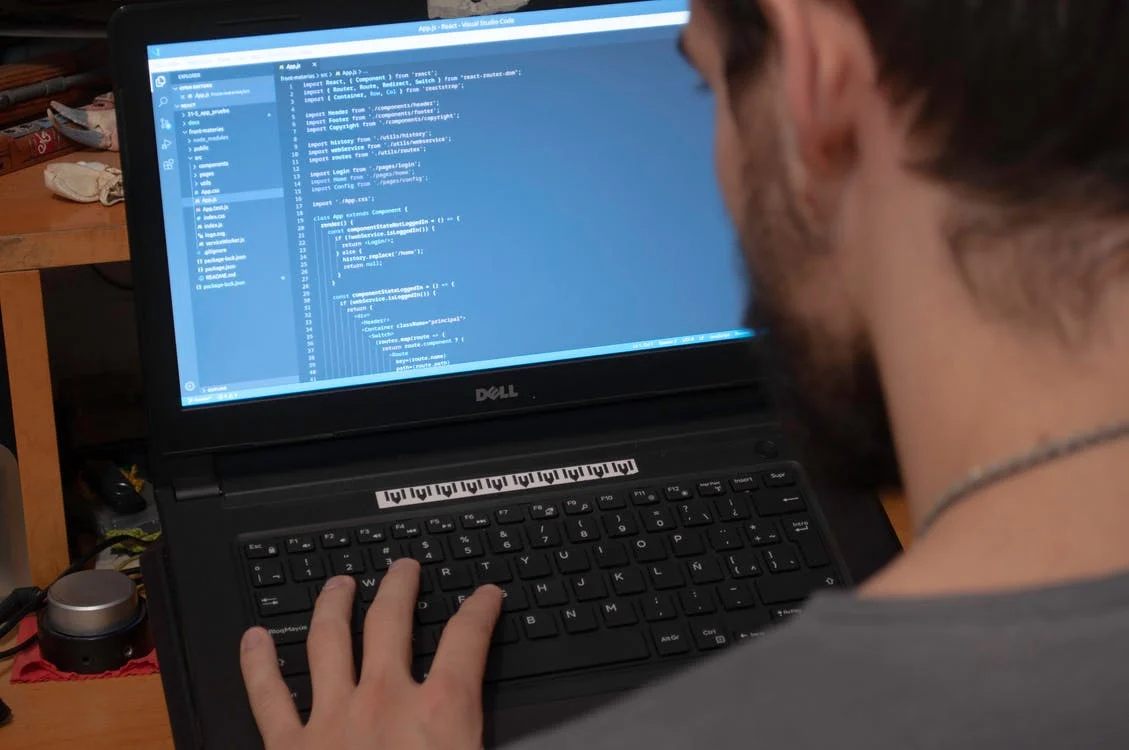When creating a new website, you may hear about WordPress front-end and back-end development. They both describe aspects of a website’s development process. And they do so in different ways. Both are important to the development of a site; you can’t have one without the other. But what exactly are they? And why are they necessary for quality web development?
WordPress Front-end and Back-end Development: Definition

WordPress Back-end development
WordPress back-end development is the process of building the back end of a website, hence the name. The term is usually used for web development and programming, where it may be referred to as server-side development or back-end development. Back-end development also refers to the logic and processes that power a website or app. It includes everything that happens once data enters your system. And before it gets rendered in front of users.
To add, back-end development is the creation of the underlying structure and the functionality of a website or web application. It includes the database, server configuration, server-side scripting, and web services. It also refers to the part of a website that handles user activities and data, such as registration and login, content management, payment processing, or advertising tracking. In contrast, front-end development focuses on what users see when they visit your site.
Back-end developers are a must in every project, regardless of their size. They build the structure of a website’s application and handle all the data-related tasks. Back-end developers are the ones who create technology that makes your website function. The back end of a website is the part of the site that users don’t see and where data is stored. They’re like the architects and engineers of a building project. They figure out how to build it, but they don’t do any construction work themselves.
WordPress Front-end Development
Front-end development is used to create the look, feel, and experience of a website. The front-end development is everything the user can see in their browser window. It’s not what you see on the screen but any interactive elements such as buttons and forms.
When it comes to professionals dealing with WordPress front-end and back-end development, it’s the front-end developers who are responsible for designing the user interface of a website. They’re also in charge of creating HTML, CSS, and JavaScript for a website or web application so that users can interact with it. In short, front-end development is what you see when you visit a web page. They’re responsible for making sure that the site works. This includes how it looks and how it interacts with the user.
Furthermore, front-end developers work with back-end developers to create new features. They also maintain the existing ones. Front-end developers often work on projects with back-end developers to build complete solutions. Front-end developers work with back-end developers to create a smooth experience for visitors. For example, if you’re shopping online and adding items to your cart. The front-end developer will write code that allows you to check out without leaving the page.
A front-end developer does not need to be an expert in all aspects of web design. They need to understand how each part works to build pages that work together. They should also be able to visualize how everything will look when it’s built.
WordPress Front-end and Back-end Development: Major Differences
WordPress front-end and back-end development are two terms that are used interchangeably. They’re both important to creating an exceptional website. As emphasized, you can’t do one without doing the other. Front-end development is what your users see and interact with when they visit your site. It includes designing the layout of a page, adding images and text, and creating forms that allow visitors to submit information such as their email address or name. In contrast, back-end development involves building your site’s “back end” –the code behind things like WordPress security measures, databases, and eCommerce platforms.
The back end of a website is where all the code is stored. It is where developers make all their changes to the site and ensure that your website functions properly. In comparison, the front end of your website is what people see when they visit it, whether through a desktop computer or mobile device. The front end refers to what users see when they visit your site. This includes everything from graphics and images to text and links.
The main difference between WordPress front-end and back-end development is that the front-end focuses on creating a user site a user can access. The back-end focuses on the structure of a website that allows users to interact with it.
WordPress front-end and back-end development can only be confusing at first. Keep in mind that back-end development refers to the coding behind your website, while front-end development refers to what people see when visiting your site. Both are important to web design and development, but each has its own challenges and benefits.
Understanding the Back-end and Front-end of a Website
If you are still confused about the difference between WordPress front-end and back-end development, here are other explanations in a layman’s term. The front end of your website is the part that viewers can see, and the back end is used to manage data. The front-end is for HTML, CSS, and JavaScript files. Users use these to view your site on their browsers and other mobile phones or tablets, while the back-end contains databases that store all this information, such as PHP scripts used for dynamic content generation (such as when buying an item on a shopping cart).
WordPress front-end and back-end development are two parts of a website that can be changed to enhance user experience. WordPress’s front end refers to your site’s appearance and functionality, while its back end refers to what occurs when visitors visit it. The front end of a website is the part that users can see and interact with. And the back-end refers to what happens behind the scenes.
The front end is where you’ll spend most of your time. This includes designing and editing pages, adding content and functionality, and creating new pages. The back-end is where you’ll spend less time but more effort. It consists of a database that stores all your site’s content and information and software that runs on servers to manage it all. When you visit a website, you see the front end. This is the area where you may see and interact, like when you view an article on a news site or buy something from Amazon.com.
The back-end of your website is what’s used to manage data. It’s where all the actions performed by your visitors are stored for future use. For example, when someone visits your site and signs up for your newsletter. Their information will be stored in the back-end of your website so that you can send them periodic updates about your company.
Some examples of WordPress front-end and back-end development:
Front end: Adding more content to your blog posts or website is an example of editing the front end of your website. You would use WordPress for this activity since it’s the platform that runs your site in its entirety. It is the part of a website that you see when you access it. It includes pages and images, including all the code that runs on those pages.
Back end: Updating system settings like email notifications or password protection. It is an example of modifying your site’s back end and involves a WordPress dashboard where you can manage the site’s setup and functionality. It is a collection of web pages written in PHP or another server-side language. That defines how your website works. These pages are often called “the logic” behind your site because they control how data is displayed on each page.
In a nutshell, back-end WordPress development is what makes up the “engine” of any website. It’s the bit that allows you to publish posts and create and manage content. And do everything else that you can imagine on your site. On the other hand, front-end WordPress development is what makes up the “body” of your website. It’s what your visitors see when they visit your site; in other words, it’s the look and feels. The benefits of understanding WordPress front-end and back-end development are tremendous. Especially when you consider that they’re not so different from one another, understanding both gives you a greater sense of how websites work from the website developer’s perspective and the user’s.

